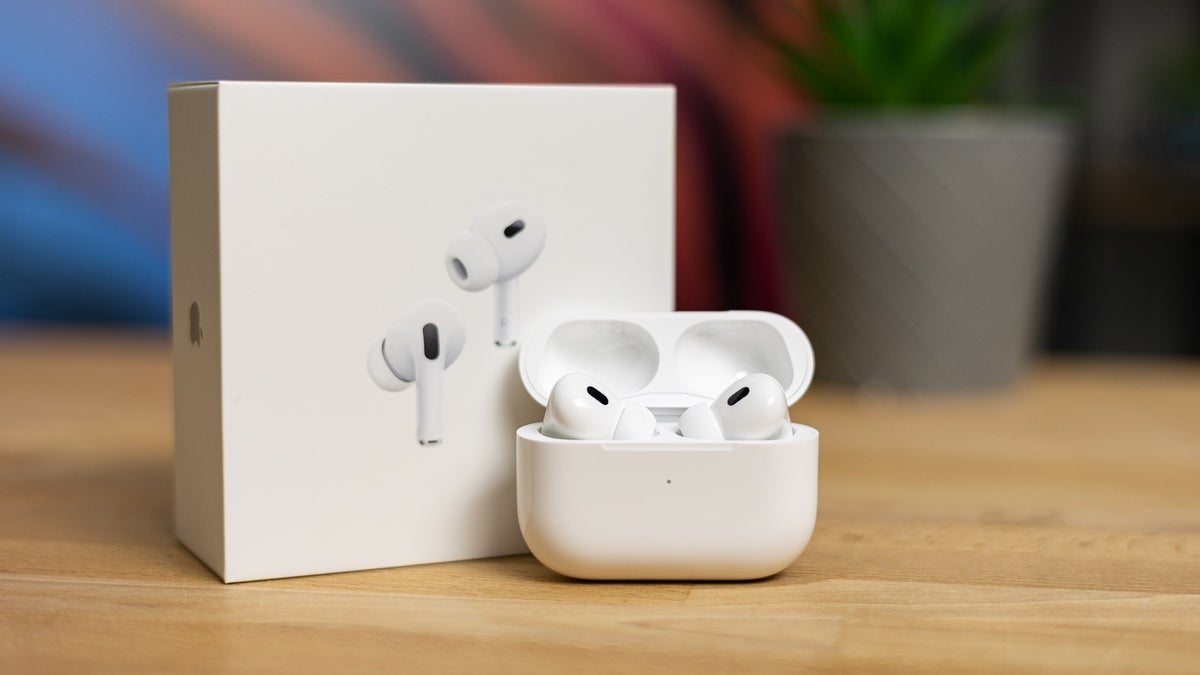Building strength isn’t just about lifting heavy things; it’s a journey of understanding your body, pushing your limits safely, and consistently progressing. It’s about building a foundation for a healthier, more resilient you.
Recognizing this, Apple Fitness+ has unveiled a new progressive strength training program designed to guide users through this very journey, offering a structured approach to building and maintaining strength. This isn’t just another workout series; it’s a carefully crafted program designed to take the guesswork out of strength training, offering a clear path to achieving your fitness goals.
This new program is built on the principle of progressive overload, a fundamental concept in strength training. It’s about gradually increasing the demands on your muscles over time, forcing them to adapt and grow stronger. This isn’t about jumping into the deep end immediately; it’s about a measured, sustainable approach that prioritizes proper form and prevents injury. The program is thoughtfully structured into three distinct weeks, each focusing on a specific training principle: Progressive Overload, Time Under Tension, and Dynamic Power.
Week One: Laying the Foundation with Progressive Overload
The first week of the program emphasizes the core principle of progressive overload. This means gradually increasing the weight, repetitions, or sets you perform over time. This week is all about establishing a baseline, getting comfortable with the movements, and understanding how your body responds to the exercises.
It’s about building a solid foundation upon which you can build further strength. The workouts are designed to target all major muscle groups, ensuring a balanced and comprehensive approach to strength development. This isn’t just about lifting heavier weights each time; it’s about listening to your body, understanding its limits, and making gradual, sustainable progress.
Week Two: Maximizing Muscle Engagement with Time Under Tension
The second week introduces the concept of Time Under Tension (TUT). This refers to the amount of time your muscles are under strain during a set. By increasing the TUT, you can further stimulate muscle growth and improve strength.
This week focuses on controlling the tempo of your movements, slowing down the eccentric (lowering) phase of each exercise, and maximizing muscle engagement. This technique maximizes muscle fiber recruitment, leading to greater strength gains and improved muscle endurance. It’s about focusing on the quality of each repetition, rather than simply rushing through the set.
Week Three: Unleashing Explosive Power with Dynamic Movements
The final week of the program shifts its focus to Dynamic Power. This involves incorporating explosive movements that emphasize speed and power. This week is about translating the strength you’ve built in the previous weeks into functional, real-world movements.
These exercises are designed to improve your power output, which is essential for activities like jumping, sprinting, and lifting heavy objects quickly. This week adds a new dimension to your training, enhancing not just your strength, but also your athleticism.
A Holistic Approach: More Than Just Strength
Beyond the progressive strength program, Apple Fitness+ has also expanded its offerings with other exciting additions. For those looking to improve their agility, endurance, and strength on the court, a new pickleball program has been introduced. This program is tailored to the specific demands of the sport, helping players enhance their performance and reduce the risk of injury.
Additionally, new workshop-style sessions called Yoga Peak Poses have been added, focusing on individual poses to help users build confidence and refine their technique. This is a great addition for those looking to deepen their yoga practice and explore more challenging poses in a safe and supportive environment. Finally, recognizing the importance of mindfulness and mental well-being, Apple Fitness+ has also launched an Introduction to Breath Meditation program, adding a new dimension to its already robust meditation offerings.
A Seamless Integration: Connecting Your Fitness Journey
Starting this week, Strava users can now seamlessly share their Fitness+ workouts directly to the Strava app. This integration allows users to share their progress with their Strava community, track their metrics, and stay motivated. This integration is a welcome addition for those who enjoy the social aspect of fitness and want to share their achievements with others.
This comprehensive update to Apple Fitness+ demonstrates a commitment to providing users with a diverse and effective range of fitness programs. The new progressive strength training program, in particular, offers a structured and accessible approach to building strength, making it a valuable tool for anyone looking to improve their fitness and overall well-being. It’s not just about getting stronger; it’s about building a healthier, more resilient you.



